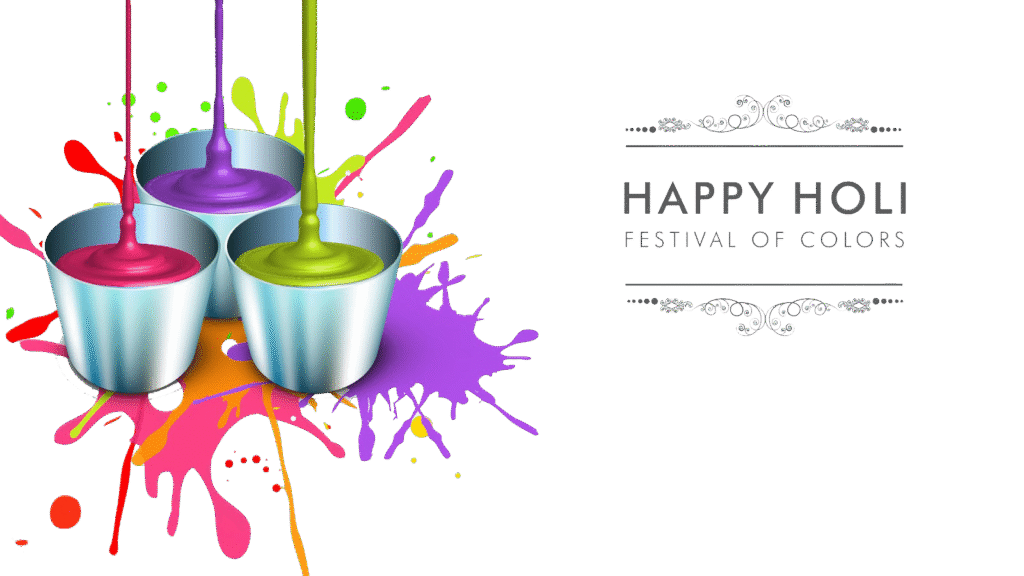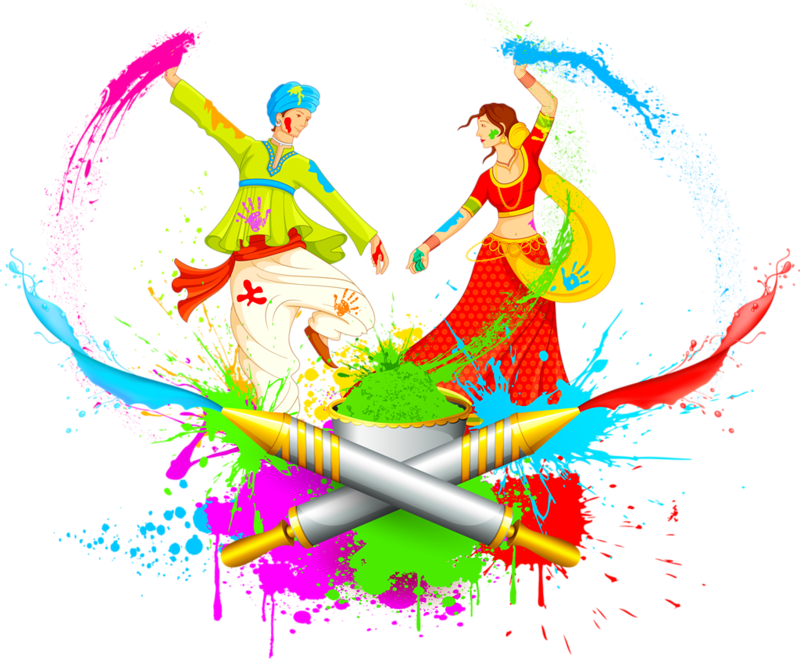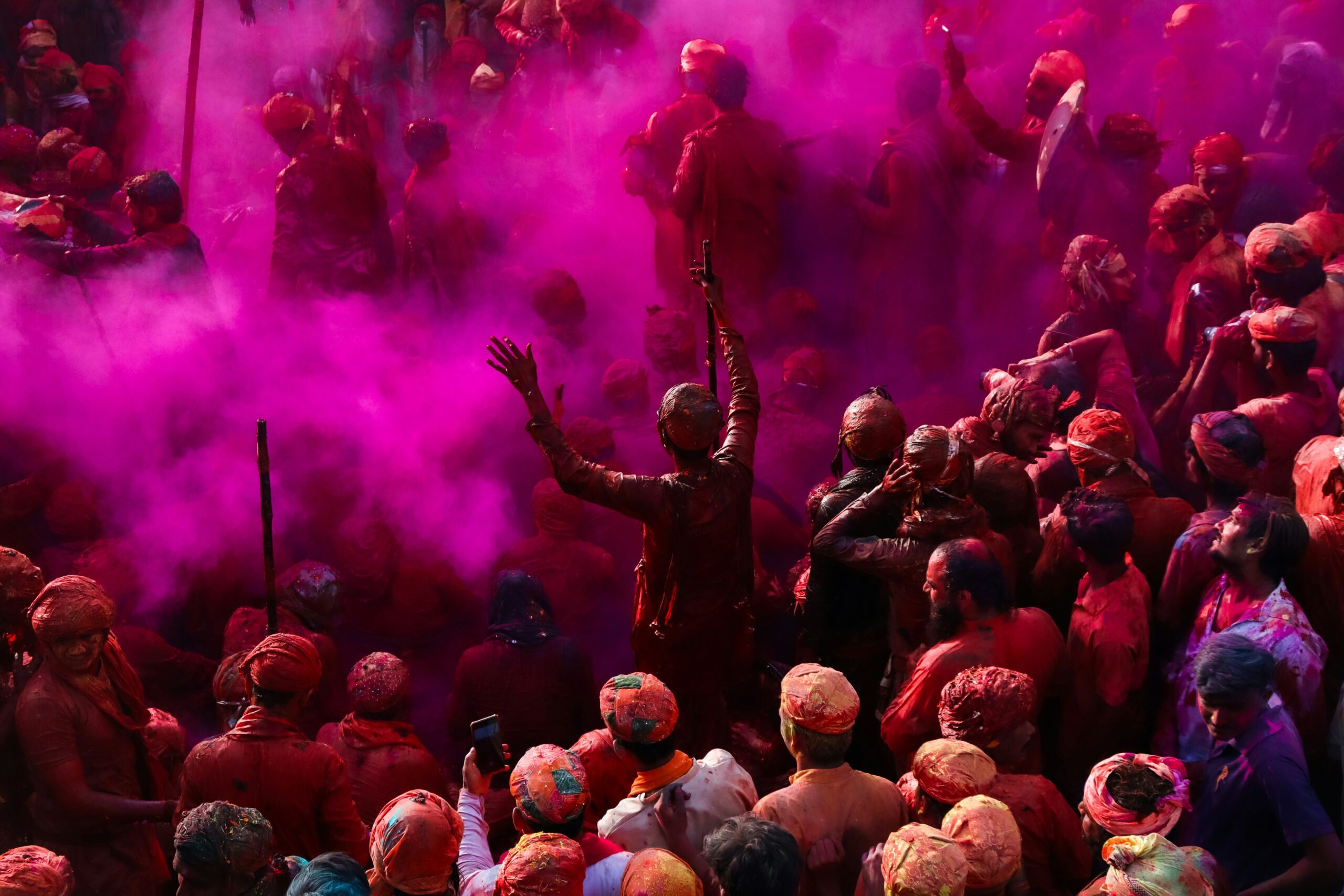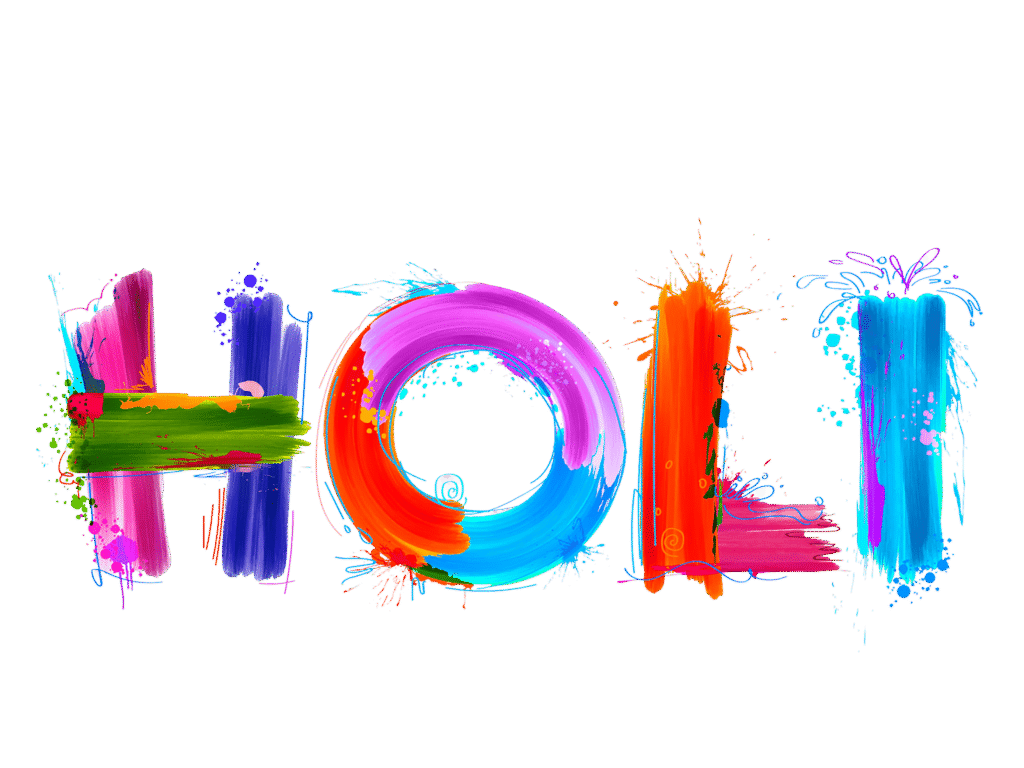Holi in India – The Festival of Colors and Joy!!!!!!

Dhuleti often referred to as the “Festival of Colors,” is one of the most vibrant and widely celebrated festivals in India. Marking the arrival of spring, dhuleti symbolizes renewal, joy, and the victory of good over evil. It transcends regional, linguistic, and religious boundaries, uniting people in a spirit of fun, forgiveness, and celebration. Holi is not only a religious festival but also a deeply social and cultural event that reflects the diversity and energy of Indian life.
Origins and Mythological Significance
Holi has its roots in Hindu mythology and is associated with various legends. The most well-known story is that of Prahlad and Holika. According to this tale, there was a powerful demon king named Hiranyakashipu who demanded to be worshipped as a god. However, his son Prahlad remained devoted to Lord Vishnu, defying his father’s wishes. Furious, Hiranyakashipu plotted to kill Prahlad with the help of his sister Holika, who had a boon that made her immune to fire. Holika sat with Prahlad on her lap in a fire, intending to burn him. Miraculously, Holika was burned instead, and Prahlad emerged unharmed due to his unwavering devotion.
This legend symbolizes the triumph of good over evil, and the eve of Holi is marked by Holika Dahan, where bonfires are lit to commemorate the event and to cleanse away negativity and evil.
Another beloved myth associated with Holi is that of Radha and Krishna. As a young boy, Lord Krishna, who was dark-skinned, was worried that fair-skinned Radha would not accept him. His mother playfully suggested he color her face, which he did. This act became a symbol of love and playfulness, and it inspired the colorful traditions of Holi celebrations.
for more detail
When and Where is Holi Celebrated????
Holi is celebrated on the full moon day (Purnima) of the Hindu month of Phalguna, which typically falls in March. While it is observed all over India, the intensity and customs vary from region to region. States like Uttar Pradesh, Bihar, Rajasthan, Punjab, and Madhya Pradesh are known for their grand Holi festivities, while the towns of Mathura and Vrindavan, associated with Krishna, host some of the most iconic celebrations.

Pre-Holi Rituals and Holika Dahan!!
The celebrations begin on the evening before Holi with Holika Dahan, also known as Chhoti Holi. Communities gather together to perform religious rituals and light large bonfires. People throw dried leaves, wood, and old items into the fire, symbolizing the burning away of evil, ego, and negativity. Prayers are offered for protection and prosperity.
This ritual is not only spiritual but also a time for social gathering. Families, neighbors, and friends come together around the fire, singing and dancing in a communal spirit.
Holi Day – The Festival of Colors!!!!!!
The main holi celebration takes place the next day and is a lively, colorful affair. The air is filled with gulal (colored powders), water balloons, and laughter as people smear colors on each other, throw water, and engage in playful mischief. Streets, parks, and homes become canvases of bright reds, greens, pinks, blues, and yellows. The atmosphere is one of freedom, joy, and temporary dissolution of social boundaries.
People greet each other with “Happy Holi”, hug, and exchange sweets. Traditional treats such as gujiya, thandai (a milk-based drink often infused with spices and sometimes bhang), malpua, and dahi bhalla are shared.
Music and dance are essential elements of the celebration. Traditional folk songs and popular Bollywood tracks echo from every corner, while groups of drummers (dhol players) lead people in spontaneous dance performances.

Regional Variations of Dhuleti in India!!!!!!!
India’s cultural diversity is reflected in the various regional styles of celebrating Holi:
- Lathmar rangwali (Barsana and Nandgaon, Uttar Pradesh): Here, women playfully hit men with sticks (lathis) while the men try to protect themselves with shields. It is a humorous reenactment of Krishna teasing Radha and the gopis. The event attracts thousands of tourists and is filled with music, dance, and celebration.
- Phoolon Wali dhuleti (Vrindavan): In this version, instead of colored powders, devotees celebrate dhuleti by showering flower petals. It is observed at the Banke Bihari temple and is considered a more peaceful and spiritual variant of the festival.
- Dol Jatra (West Bengal and Odisha): Known as Dol Purnima, this celebration honors Lord Krishna and Radha. Idols of Krishna are placed on decorated palanquins and taken out in procession, accompanied by singing, dancing, and the throwing of colors.
- Holla Mohalla (Punjab): Celebrated by Sikhs, especially Nihang warriors, this event occurs around dhuleti and involves martial arts displays, horse riding, and mock battles. It emphasizes valor and community spirit.
- Yaosang (Manipur): Combining Hindu and indigenous traditions, Dhuleti is celebrated with sports, dance, and music. Thabal chongba, a traditional Manipuri dance performed at night, is a major highlight.
The Cultural and Social Impact of Holi….
Holi plays a significant role in promoting unity and equality. On this day, social barriers often fade away—people of all backgrounds, castes, and ages come together to celebrate. The playful nature of the festival fosters reconciliation, mends strained relationships, and strengthens social bonds.
The festival also reflects the cyclical nature of life. Coming at the end of winter and the start of spring, it is a celebration of rebirth, new beginnings, and nature’s renewal. dhuleti aligns with the agricultural cycle, marking the start of a new harvest season.
Additionally, rangwali dhuleti has a strong cultural presence in Indian art, music, literature, and cinema. Countless poems, paintings, and songs have been inspired by the colors, emotions, and stories of Dhuleti.
Modern Concerns and Evolving Practices…..
In recent years, there has been growing awareness about the environmental and safety concerns associated with dhuleti. Chemical-based colors can cause skin and eye irritation, while excessive water use can be wasteful. Moreover, the use of bhang (a cannabis-based drink) can sometimes lead to unruly behavior.
To address these issues, many people and organizations are promoting eco-friendly dhuleti celebrations. Herbal and organic colors, waterless Holi, and community awareness campaigns have gained popularity. Schools and NGOs often conduct workshops and events to educate people on celebrating responsibly.
In urban areas, organized rangwali dhuleti parties in parks, clubs, and residential complexes have become common. These events often include music, rain dances, DJs, and food stalls, blending tradition with modern entertainment.

Conclusion!!!!
Holi is more than just a festival of colors—it’s a celebration of life, love, unity, and renewal. It is a time when people forget past grievances, embrace each other with joy, and immerse themselves in the spirit of togetherness. Despite changing times, Holi remains one of the most cherished and inclusive festivals in India.
From the bonfires of Holika Dahan to the rainbow-hued revelry the next day, dhuleti continues to reflect the cultural richness, spiritual depth, and communal joy that define the Indian ethos. Whether in a rural village or a bustling metropolis, the message of dhuleti—that love, light, and laughter can overcome darkness—shines as brightly as ever.